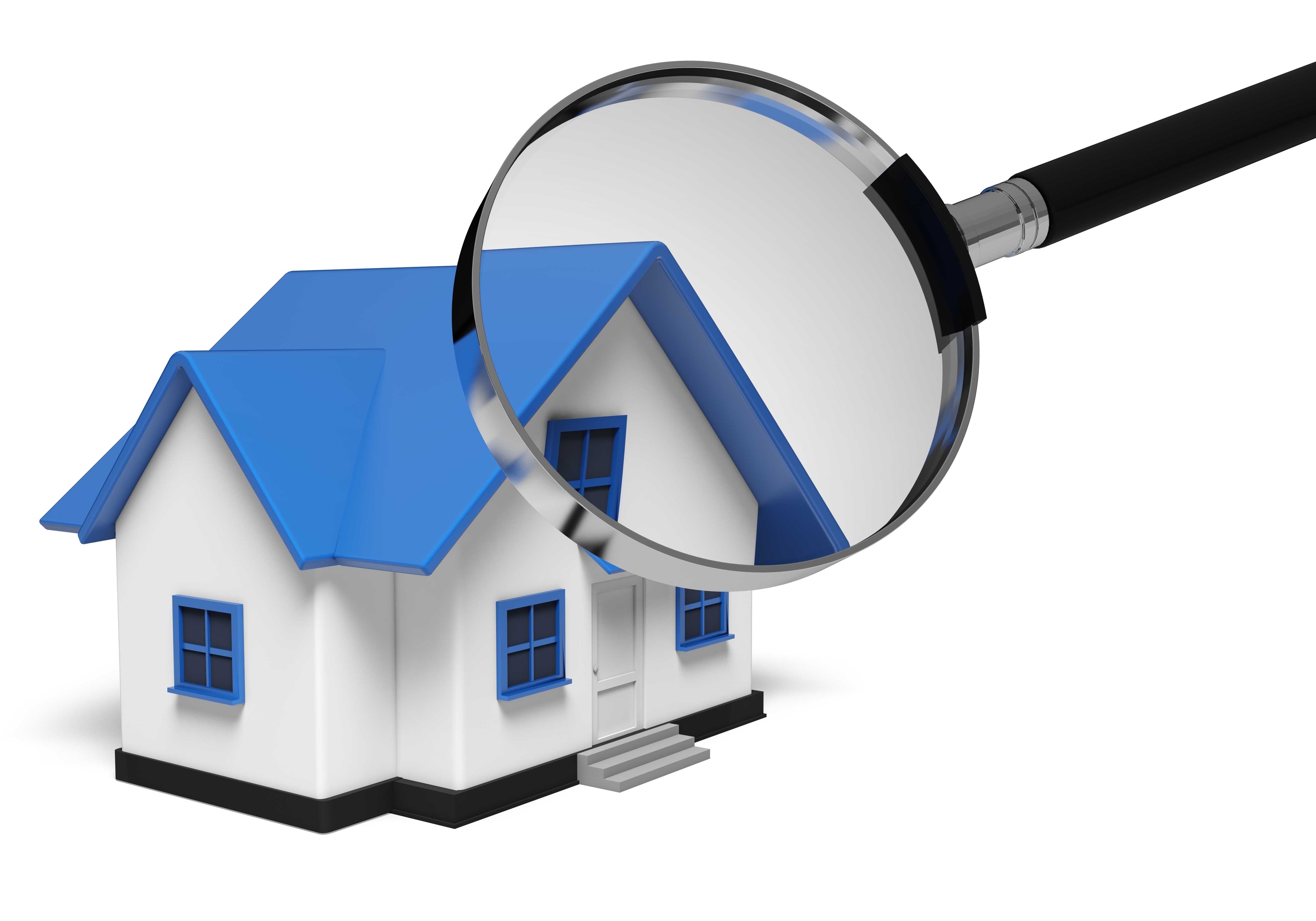
What Goes Into an Appraisal?Buying a house can be the most serious investment many will ever make. It doesn't matter if where you raise your family, a second vacation property or one of many rentals, purchasing real property is a complex transaction that requires multiple parties to pull it all off. Most people are familiar with the parties taking part in the transaction. The most recognizable person in the transaction is the real estate agent. Next, the lender provides the financial capital necessary to finance the transaction. The title company sees to it that all aspects of the exchange are completed and that the title is clear to transfer from the seller to the purchaser. So, who's responsible for making sure the value of the property is in line with the amount being paid? In comes the appraiser. We provide an unbiased opinion of what a buyer could expect to pay — or a seller receive — for a property, where both buyer and seller are informed parties. A licensed, certified, professional appraiser from Jennifer Walak will ensure, you as an interested party, are informed. Inspecting the subject propertyTo determine an accurate status of the property, it's our duty to first conduct a thorough inspection. We must see aspects of the property hands on, such as the number of bedrooms and bathrooms, the location, living areas, etc, to ensure they indeed are there and are in the shape a typical buyer would expect them to be. To ensure the stated size of the property is accurate and describe the layout of the house, the inspection often includes creating a sketch of the floorplan. Most importantly, the appraiser identifies any obvious features - or defects - that would have an impact on the value of the house. Back at the office, an appraiser uses two or three approaches to determining the value of real property: sales comparison and, in the case of a rental property, an income approach. 
Replacement CostThis is where we gather information on local construction costs, the cost of labor and other elements to derive how much it would cost to replace the property being appraised. This estimate commonly sets the maximum on what a property would sell for. The cost approach is also the least used method. 
Analyzing Comparable SalesAppraisers become very familiar with the communities in which they appraise. They innately understand the value of certain features to the homeowners of that area. Then, the appraiser looks up recent sales in the neighborhood and finds properties which are 'comparable' to the real estate at hand. By assigning a dollar value to certain items such as fireplaces, room layout, appliance upgrades, extra bathrooms or bedrooms, or quality of construction, we add or subtract from each comparable's sales price so that they more accurately portray the features of subject.
A valid estimate of what the subject might sell for can only be determined once all differences between the comps and the subject have been evaluated. At Jennifer Walak, we are an authority when it comes to knowing the value of particular items in Enola and Cumberland County neighborhoods. The sales comparison approach to value is most often awarded the most consideration when an appraisal is for a home purchase. Valuation Using the Income ApproachA third method of valuing approach to value is sometimes applied when a neighborhood has a reasonable number of rental properties. In this situation, the amount of income the property yields is factored in with other rents in the area for comparable properties to derive the current value. Arriving at a Value ConclusionExamining the data from all applicable approaches, the appraiser is then ready to state an estimated market value for the subject property. Note: While this amount is probably the best indication of what a property is worth, it probably will not be the price at which the property closes. Prices can always be driven up or down by extenuating circumstances like the motivation or urgency of a seller or 'bidding wars'. Regardless, the appraised value is typically used as a guideline for lenders who don't want to loan a buyer more money than they could recover in the event they had to sell the property again. At the end of the day, an appraiser from Jennifer Walak will guarantee you get the most accurate property value, so you can make profitable real estate decisions. |